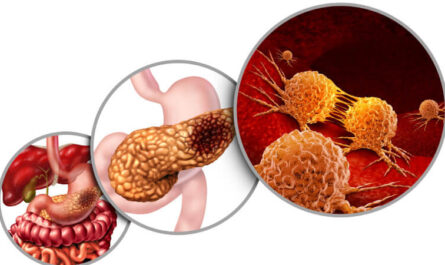A recent study conducted by researchers in Canada has revealed that listening to favorite music has a significant impact on reducing acute thermal pain. The study, carried out at the Roy Pain Lab at McGill University, aimed to determine which type of music is most effective in dampening pain perception.
According to Darius Valevicius, a doctoral student at the Université de Montréal, the study demonstrated that favorite music chosen by participants had a much greater effect on reducing pain than unfamiliar relaxing music. The researchers also noted that emotional responses played a crucial role in predicting whether music would have an impact on pain.
To determine the most effective type of music for pain reduction, participants were subjected to moderately painful thermal stimuli on their inner forearm, resulting in a sensation similar to holding a hot teacup against the skin. Each stimulus was paired with music excerpts lasting approximately seven minutes.
Compared to control tracks or silence, listening to their favorite music significantly reduced pain intensity and unpleasantness for the participants. Unfamiliar relaxing tracks did not have the same effect. The researchers also included scrambled music, which mimicked music without its meaningful structure, and concluded that the hypoalgesia (decreased sensitivity to pain) was unlikely solely due to distraction or the presence of a sound stimulus.
Additionally, the researchers explored whether musical themes could modulate the pain-reducing effects of favorite music. Through interviews with the participants about their emotional responses, the researchers assigned themes such as energizing/activating, happy/cheerful, calming/relaxing, and moving/bittersweet to the music. They discovered that different emotional themes had varying abilities to reduce pain.
Reports of moving or bittersweet emotional experiences resulted in lower ratings of pain unpleasantness, driven by a greater enjoyment of the music and more intense musical chills, explained Valevicius. Musical chills, although not fully understood, appear to indicate a neurophysiological process that effectively blocks pain signals and can manifest as tingling sensations, shivers, or goosebumps in some individuals.
While the study highlighted the positive effects of favorite music on pain reduction, the researchers acknowledged limitations such as the duration of music samples. Longer exposure to relaxing music may yield stronger effects compared to the shorter tracks used in the study. Further research is also needed to determine if favorite music is equally effective against non-thermal pain stimuli, such as mechanical stimulation or chronic pain.
*Note:
1. Source: Coherent Market Insights, Public sources, Desk research
2. We have leveraged AI tools to mine information and compile it




